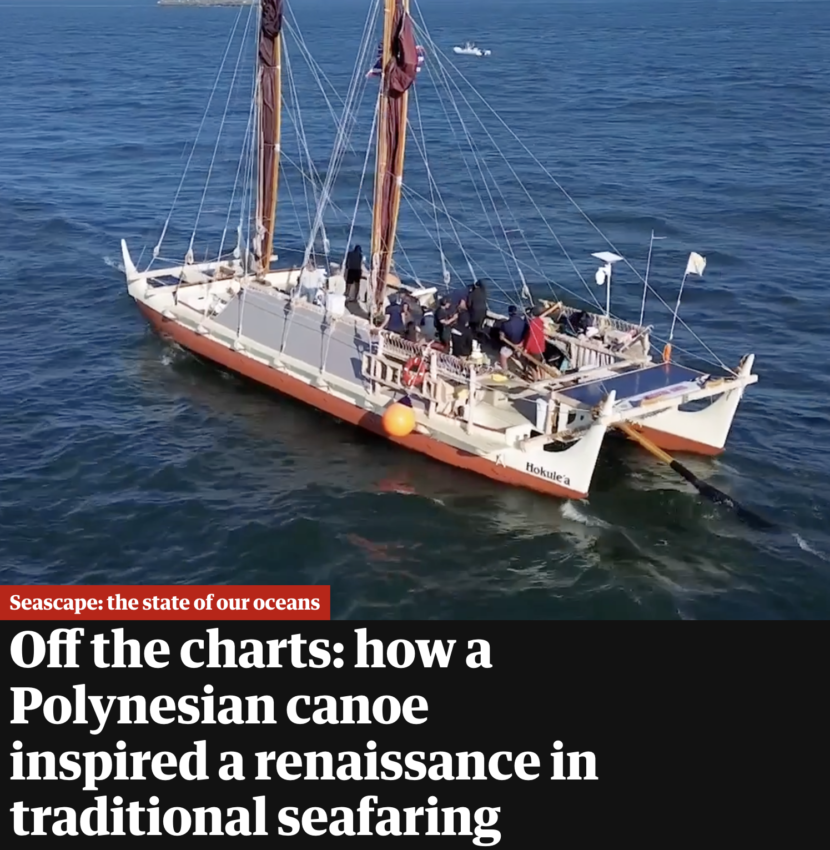How a Polynesian canoe inspired a renaissance in traditional seafaring
A double-hulled Polynesian sailing canoe glides up to a busy dock in San Diego, California. Hōkūleʻa’s two short wooden masts are dwarfed by the historic schooner that escorted the boat into the harbour. Dozens of small outrigger canoes trail in its wake, honouring the crew’s arrival.
Once the docklines are secure, Hōkūleʻa’s 13 crew members put on ceremonial leis – floral garlands – and request permission from the local Indigenous tribe to come ashore. In response, 30 members of the Kumeyaay Nation sing and dance to welcome them to their native lands. Hundreds of onlookers snap photos before joining the festivities at a nearby park.
The celebration in San Diego is partly to honour Hōkūleʻa’s 2,800-mile voyage down the west coast of North America with no compass, charts or GPS (not to mention no galley or toilet). It is also about honouring this small craft’s leading role in inspiring a cultural renaissance in traditional sailing that has rippled well beyond the Hawaiian shores where it was launched 49 years ago.
“The fact that it’s possible to conduct navigation across thousands of miles of open ocean without instruments is inspirational for all of us,” says Ray Ashley, director of the Maritime Museum of San Diego, where Hōkūleʻa docked.
“The ability to solve problems in ways that rely on logic and intelligence and courage and all the things this canoe [crew] embodies is something that’s sorely needed now, which is why this vessel and the voyage she’s embarked on are crucially important.”
Last June, Hōkūleʻa left the Alaskan port of Juneau on the Moananuiākea voyage, a four-year circumnavigation of the Pacific Ocean. So far, it has visited 35 communities and had nine crew changes. It still has 37,000 miles (60,000km) and three years to go before the voyage is complete.

